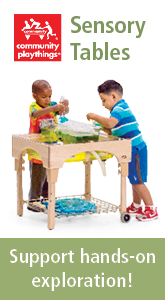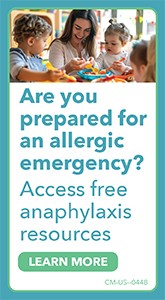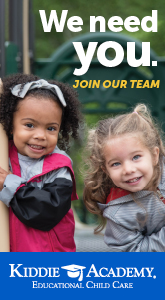July 2, 2024
Toxins Like Lead Impact Young Children More
Why should we tolerate a diet of weak poisons, a home in insipid surroundings, a circle of acquaintances who are not quite our enemies, the noise of motors with just enough relief to prevent insanity? Who would want to live in a world which is just not quite fatal?
– Rachel Carson (1907-1964), Silent Spring, 1962
In a new post on the Exchange Hub, Jessica Price and Hester Paul of the Eco-Healthy Child Care® (EHCC) Program at The Children’s Environmental Health Network write:
Children have unique physiological and behavioral characteristics, and are not just more vulnerable to environmental hazards than adults, but also at a higher risk of suffering from their adverse health effects. This vulnerability is a cause for concern and a pressing issue that should spur immediate action to protect our children’s health and well-being. Here are a few reasons why children are particularly at risk:
- Rapid development: Children’s bodies are still growing. Their higher metabolic rates can lead to faster absorption of toxicants.
- Body size: Children eat, drink, and breathe more in proportion to their body size. This can lead to higher exposure to environmental contaminants from food and water.
- Behavior: Children often put objects in their mouths to learn about them, to help relieve teething discomfort, or to self-soothe. Children also crawl and play on the floor and ground. This leads to a greater exposure to dirt, or chemicals that have settled after having been sprayed.
- Breathing rate: Children’s airways are smaller than an adult’s. They breathe faster than adults, which makes them more vulnerable to air pollution. Also, protective bodily systems that filter pollutants from inhaled air and process chemicals in the body, are not yet fully functional.”
“These are just a few reasons why extra care must be taken to reduce children’s exposure to environmental hazards.” they note. To address these challenges, they have developed the free Lead-Safe Toolkit for Home-Based Child Care, available in Spanish and English, which provides “posters, worksheets, and easy-to-follow steps for discovering if lead hazards exist within a child care facility and how to reduce exposures.” This toolkit was created by EHCC in collaboration with the National Center for Healthy Housing and the National Association of Family Child Care.
Share with the hashtag #ExchangeEveryDay
Print Friendly
Related
By Lisa Goddard, Ashley Brailsford and Becky DelVecchio
By Hester Paul and Jessica Price
By Becky DelVecchio and Sara Becker












